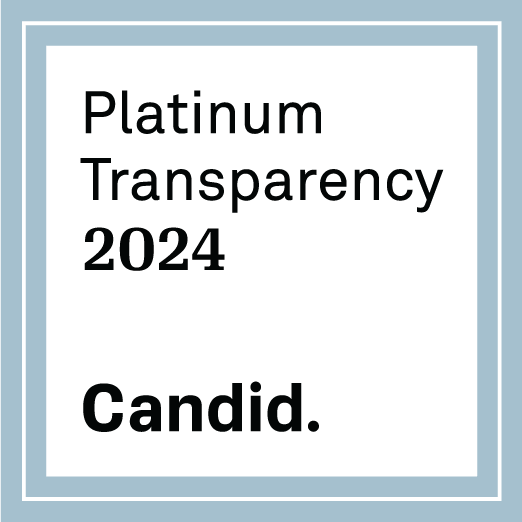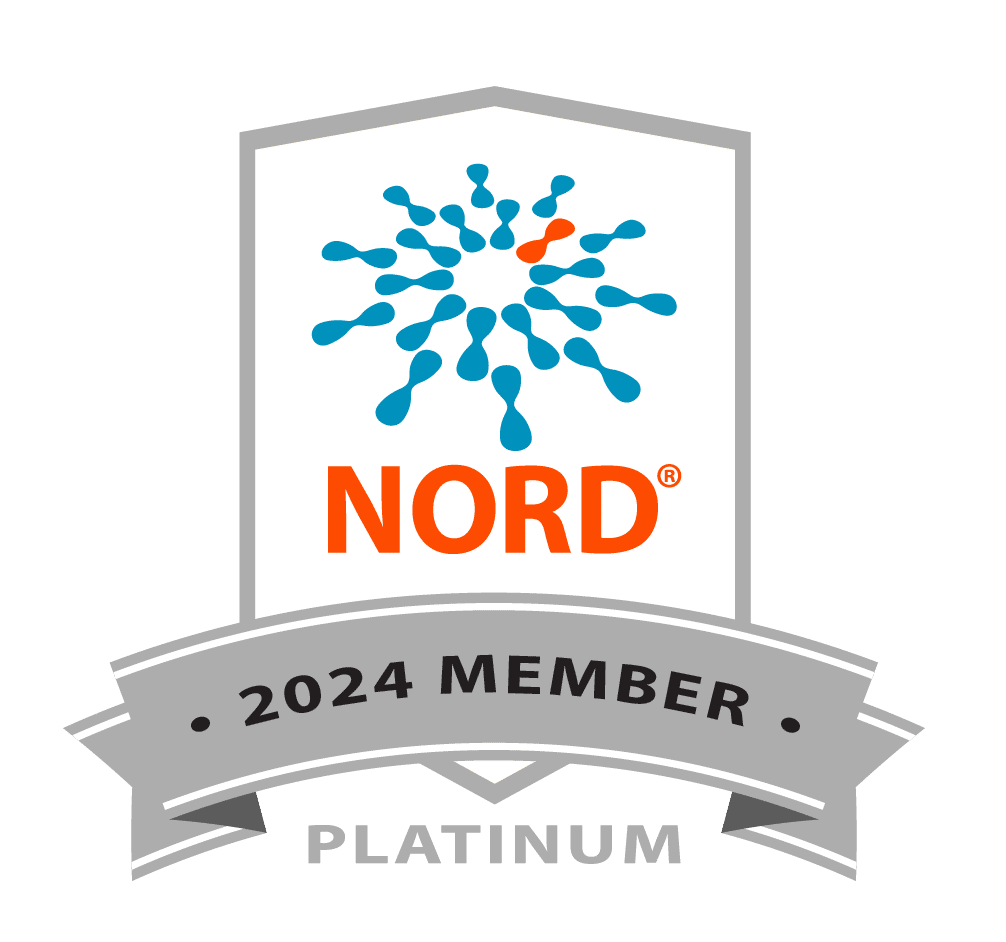PPTA Statement on Immunoglobulin Use to Meet Clinical Need
A recent publication explores possible reasons for the increased use of immunoglobulins (IG) and suggests growing clinical need can be met by restricting patient access to IG while denying the need to collect more plasma in Europe. With a global mission rooted in promoting the availability of, and access to, plasma-derived therapies for all patients who need them, the Plasma Protein Therapeutics Association (PPTA) disagrees with these suggestions and remains dedicated to its long-standing commitment to supporting patients and to expanding plasma collection, particularly in Europe.
Treatment decisions regarding the use of plasma-derived medicinal products (PDMPs) should be regarded as within the sphere of individual patients and their physicians. Calls to reverse the trend of increasing clinical need as a means of achieving plasma sufficiency ultimately jeopardize patient health. Strategies to approach these topics should involve the perspectives of all stakeholders, including patient advocacy groups, medical professionals, policymakers, and industry. Similar arguments have been exposed as imprudent and likely to result in worse health care outcomes3.
Advances contribute to the growing clinical need.
Advances in the diagnosis, treatment, and identification of many diseases has led to an increase in the number of patients treated with IG4 and other PDMPs in the past several years, particularly in Europe. These diseases include immune deficiencies, immune-mediated peripheral neuropathies, hereditary angioedema, alpha 1-antitrypsin deficiency, hemophilia and other bleeding disorders. In many cases, PDMPs are the only treatment option for these rare and serious diseases. Without these treatments, many patients might not survive or would have a substantially diminished quality of life.
Though these advances can present challenges, it is good news that more patients are being identified and treated. Improved diagnostic techniques, better awareness among physicians, and greater use in emerging markets are further contributing to the growing clinical need for PDMPs. IGs have been proven to prevent or delay the development of comorbidities, positively affect a range of physician- and patient-reported outcomes, including improved quality of life, and are even cost-saving for certain conditions.
Physicians play an essential role in improving patient outcomes.
PPTA and its member companies respect the authority of physicians to determine appropriate use of IG and to provide patient-centered care based on their expertise and real-world observed benefits of an individualized treatment plan. Patients should be treated with a well-tolerated product administered at the optimal dose, by the right route, using appropriate infusion volume and rate, at the right interval, and the right site of care5
There is an urgent need for plasma donation and policies that support increased plasma collection.
IG and other PDMPs are unique biologics, as their manufacturing relies on the availability of plasma, which can be obtained from whole blood donations (resulting in recovered plasma) or collected directly through a process called plasmapheresis (resulting in source plasma). Plasma donation requires commitment from the donor, as it generally takes about one hour to donate plasma and can be donated more often than whole blood.
Currently, only four European countries (Austria, Czech Republic, Germany, and Hungary) allow public and private collectors to coexist and work together. These four countries permit plasma collection centres to compensate plasma donors for their expenses and inconveniences related to the donation and account for approximately 55% of the source plasma collected for the manufacturing of PDMPs in Europe.
Focused on addressing the growing clinical need for PDMPs, the growth in plasma collection over the past 10 years has mainly come from the private sector and its efficient plasmapheresis programs.6 Some argue unsuccessfully that coexistence between public and private collectors and the introduction of programs that compensate plasma donors could lead to a decline in whole blood donations, although data from independent research institutes7 refute these claims. As highlighted by the European Commission, plasmapheresis is a more efficient collection method compared to the collection of recovered plasma8, and countries that do not allow remuneration restrict plasma volumes and contribute to Europe’s reliance on countries that do.9
Plasma donation and COVID-19
Plasma collections declined during the COVID-19 pandemic, introducing additional pressure on the fragile PDMP ecosystem[10] and shedding light on certain barriers that existed before the pandemic with the potential to impact patients’ access to PDMPs. In particular, the pandemic has underlined Europe’s reliance on plasma imported from the United States to meet 38% of its clinical need. European Commissioner Kyriakides rightly notes that “donating plasma is therefore now more important than ever.”
Plasma Donors Save Lives
PPTA repeats its appeal to increase plasma collection through plasmapheresis in Europe to decrease the reliance from third countries.. PPTA & its members are committed to these complex challenges with a continued focus on putting patients first.
To view full article with referenced notes, click here.











